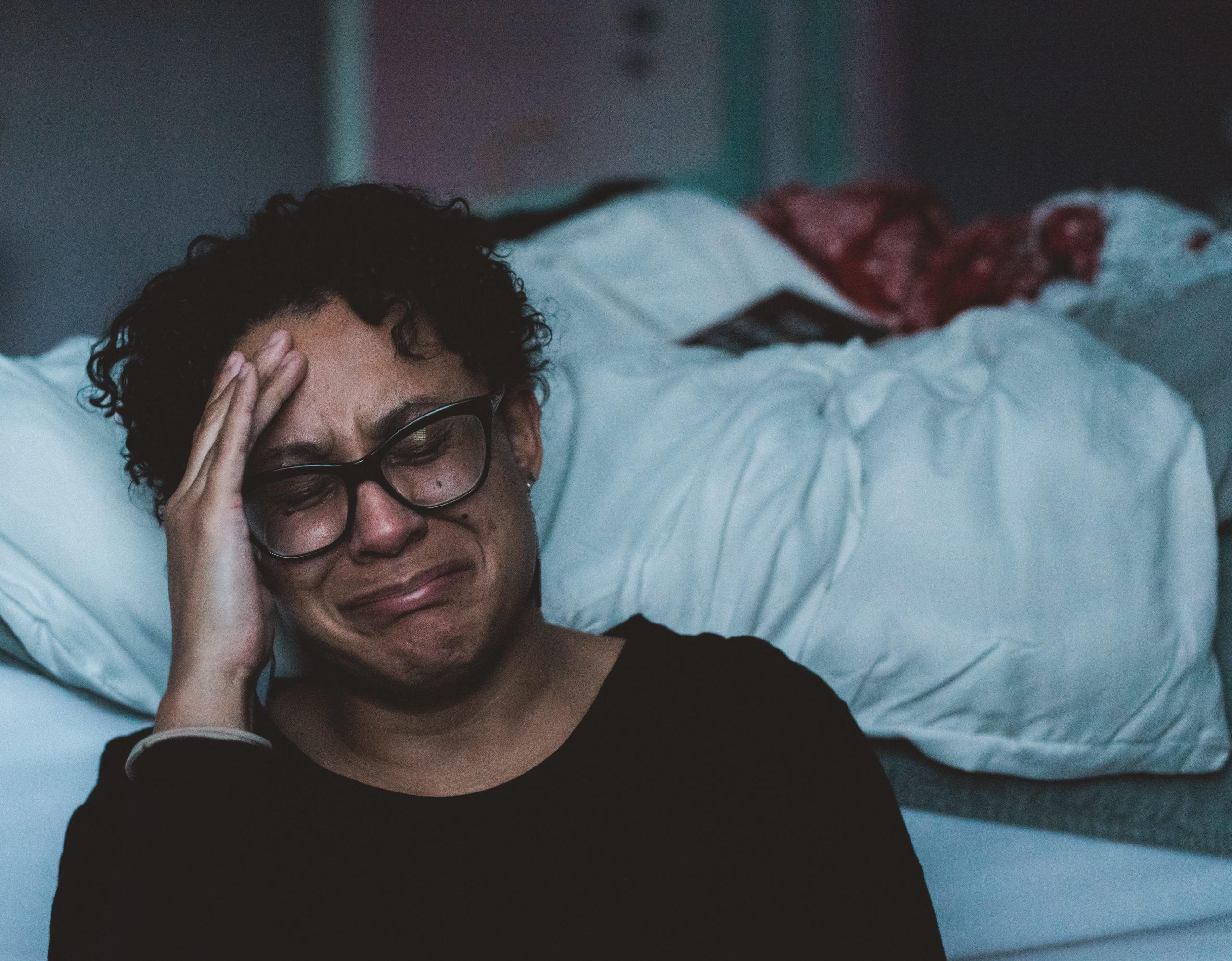Abuse During Quarantine and How to Cope
March 3, 2021
When COVID-19 emerged into the states, people didn’t realize how serious this pandemic would become. Lockdowns and curfews were set in motion for towns and cities everywhere. This social isolation may have sounded wonderful to many families who don’t get much time with their loved ones due to work schedules, kids being in school and life just happening, but for others, it’s a night in hell.
Haplessly, this only means domestic violence has increased as abusers are able to spend more time in close proximity abusing their loved ones. Longer extended periods of time together have caused higher stress levels for most.
There has been an increase around the world of domestic abuse and violence since being isolated as evidence from the United States, China, Brazil, and Australia indicates increases in intimate partner, women, and children violence due to isolation and quarantine (Campbell 2020; Peterman et al. 2020; van Gelder et al., 2020).

But let’s face the truth, we all have our breaking points and social isolation exacerbates personal and collective vulnerabilities while limiting accessible and familiar support options.
Lingering in the house with the same people without any distancing in between can become overwhelming. Schools are hybrid or completely online which can be an inconvenience, most clubs and after-school activities have been canceled and play dates are definitely out of the question. Think about it.
Before quarantine, people could get out, move freely, and just go on with their daily lives. They would come home and be excited to see their loved ones after a hard long day. Now, frustration can also quickly sneak up on those who are no longer working and may have been furloughed or laid off. Having no income can drive anyone insane.

The National Domestic Violence Hotline began collecting data on March 2020 to monitor how COVID-19 has affected victims and survivors of domestic violence and over a two-month period, this organization experienced a 9% increase in total contacts received and over 6,000 contacts cited COVID-19 as amplifying the problem.
Many people have also applied negative coping mechanisms into their lives to deal with the stress of job losses although, substance misuse, financial strain, and isolation are all well‐known domestic abuse risk factors.
Isolation has made it more difficult for people living with violence in their homes to call for help while keeping the physical and emotional signs of abuse and violence concealed to other people as well.
This is an important time for individuals to stay connected while taking precautionary measures for those suspected to be at risk of abuse. According to The NDVH, there were a few callers who called in with comments saying “they could not file paperwork to remove the abuser from their home because courts are closed due to COVID-19,” and another individual stating “they tested positive for COVID-19, and the abuser was using isolation to keep them from contacting family.”
The NDVH, 2020, provides information on how COVID-19 particularly impacts partner violence survivors:
- Shelters may stop intakes and survivors may fear entering shelters
- Travel restrictions prevent a survivor from escaping their abuser
- Abusive partners may:
- withhold necessary items, such as hand sanitizer or disinfectants.
- spread misinformation about the pandemic to control or frighten survivors.
- retain insurance cards or threaten to cancel the insurance and prevent the victim from seeking medical care if they have symptoms.
Pursuant to Sharma & Borah (2020), there are many strategies that can reduce the negative effects of COVID -19 on domestic violence such as creating a pliable reporting system and reducing the wait times for reporting, expanding social safety nets by educating neighbors and bystanders on how to report suspected cases of domestic violence, increase the response by integrating domestic violence into healthcare response systems, conduct a strategy for integrating violence into the pandemic and focus on high-risk populations.
Here are steps you can take to keep yourself and others safe:
- Find a place you can retreat to safety. Avoid the bathroom or kitchen.
- Enlist support from a trusted friend or family member you can call.
- If necessary, use a codeword or phrase to indicate you need help.
- Memorize phone numbers of people and agencies you might need to call in an emergency.
- Make sure you can easily access:
- identification (Social Security card and driver’s license).
- birth and marriage certificates.
- credit cards, safe deposit box keys and bank information.
- health insurance information.
- any documentation, photos, medical or police reports relating to previous episodes of abuse.
If you or anyone you know may need help from domestic violence you are highly encouraged to call The National Domestic Violence Hotline, at 800-799-7233 (SAFE), who can provide information and advice for those in need. There is an app as well to help clarify whether or not you are with an abuser called MyPlan which can help users learn if their partner is showing signs of abuse.
In-person interventions like the Strength at Home program offered by the U.S. Veterans Administration to address the violence veterans use against their partners is a way to help address abusive behavior without demonizing the abuser.